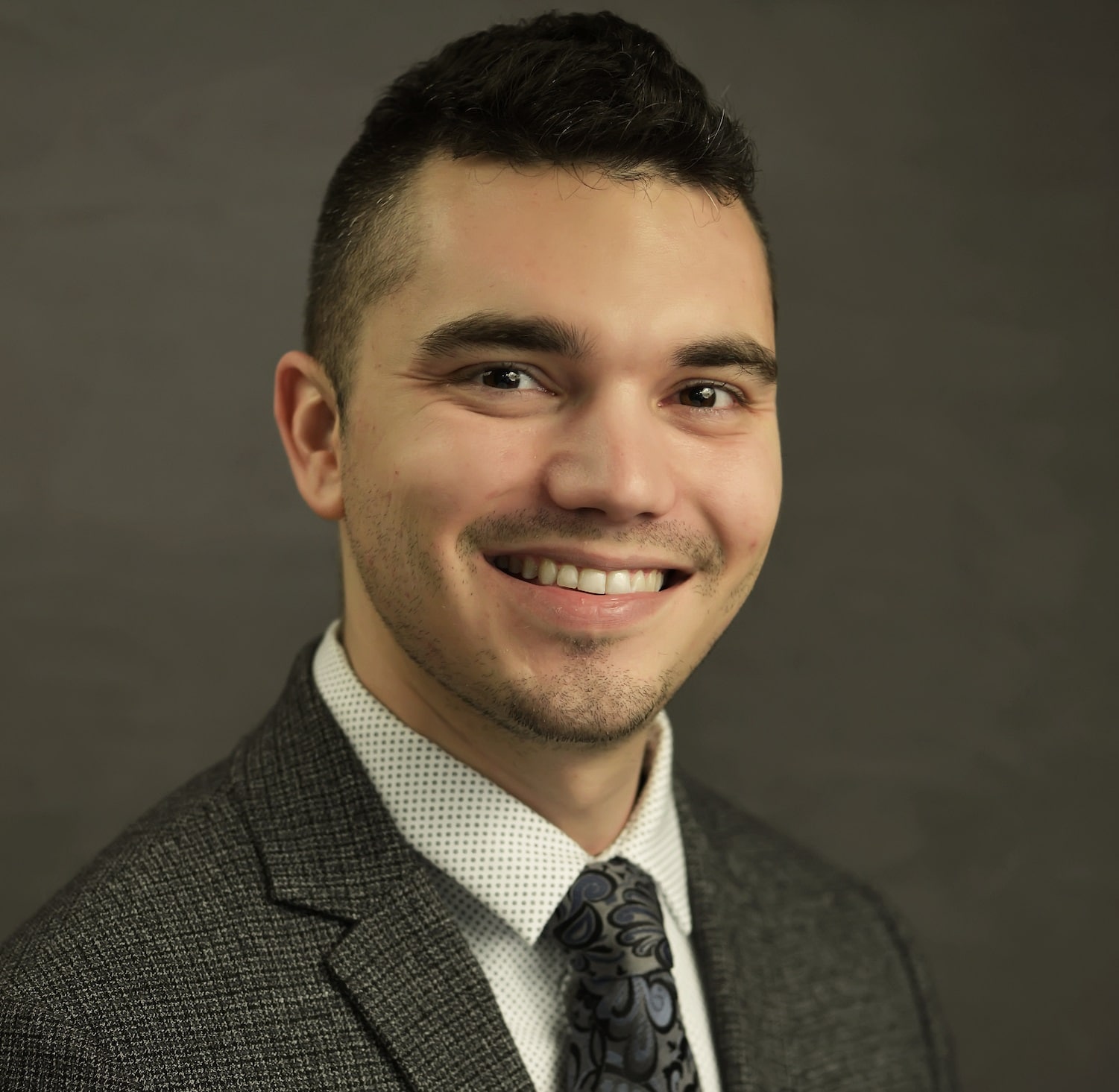Insight by Akamai
DoD Cloud Exchange: Akamai’s Dave Zukowski on knowing when to transform
It’s easy to make digital transformation about the technology. After all, “digital” is in the phrase. But IT should never be the sole focus, says Akamai’s...
But what is a smart approach to digital transformation? Dave Zukowski, principal technical consultant for public sector at Akamai, says it’s taking an organization into account holistically — its processes, people and tools — and leaning into digital technology to improve operations and free up workers from burdensome tasks.
Organizations like DoD can harness digital transformation by taking a hard look at their internal operations, he said during the Federal News Network’s second annual DoD Cloud Exchange.
He used the Air Force as an example, noting the intense training and equipment maintenance required to continuously operate air fleets worldwide: “If we can minimize the amount of highly trained airmen we have to deploy at any given base because the aircraft themselves are talking to us and telling us what they need, then we can put less people in the field and have more people home,” Zukowski said. “Digital transformation is scouring information looking for things, managing the logistics of the parts, and it becomes a force multiplier.”
Look deep at operations before tackling transformation
Defense and other agencies need a certain amount of self-awareness to be able to identify where, when and how putting an emphasis on digital transformation will benefit them the most, he said.
“Agencies need to ask themselves why and understand the imperatives behind the directives,” Zukowski said. “You can’t treat it as a shiny new interface on something you’re already doing. You really need to focus on how that outcome will help organizations ground themselves in what should be a digital transformation reality.”
The focus needs to be on outcomes ultimately, he said. Agencies should focus on the operations and activities that they want to streamline and make better. As in the Air Force example, Zukowski, “Those force multipliers is really where we kind of get the biggest bang for the buck.”
Three questions to focus digital transformation efforts
He suggested three questions a DoD agency should ask itself about a potential digital transformation initiative:
- Why are we doing this?
- What is the mission imperative?
- How will it help the mission?
Once an agency understands and works through the answers to these questions, it can then look at how it can use technology to lessen repetitive or mundane tasks performed by its workforce.
Technology is not the goal though, it’s the enabler. It’s easy to over focus on the technology to the detriment of the people and the processes (as well as existing investments and projects already occurring) can lead to a negative impact for a digital transformation initiative, Zukowski said.
“We have limited people. We have an aging workforce. We want to maximize the intelligence and the people capital. We have to go do the work where the work needs to be done. So minimizing the amount of unnecessary or menial work that people have to do lets them focus on the more important things.”
To listen to and watch all the sessions from the 2022 Federal News Network DoD Cloud Exchange, go to the event page.
Copyright © 2025 Federal News Network. All rights reserved. This website is not intended for users located within the European Economic Area.
Related Stories
Featured speakers
-

Dave Zukowski
Director, Defense Solutions, Akamai
-

Scott Maucione
Defense Reporter, Federal News Network
On DoD
Upcoming Events
Related Stories
Top Stories

Dave Zukowski
Director, Defense Solutions, Akamai
Dave brings over 24 years of experience working with DoD Information Technology. Dave currently serves as a Principal Technical Consultant for Akamai’s public sector, supporting USAF, Army and others. Dave is responsible for helping these agencies in their broad IT missions and operations while also educating them on the effective use of the Akamai portfolio while on their cyber security and Zero Trust journeys. Dave is an experienced enterprise architect that helps these agencies sew together the diversity of their portfolios to bring seamless and secure digital delivery for their consumers.
Prior to joining Akamai in 2019, Dave was a Principal Engineer for the MITRE Corporation and while there was the primary Enterprise Architect in charge of designing a multi-cloud enterprise hosting environment for the USAF currently known as Cloud One. Dave’s role was to bring together the diverse architects and engineers of multiple corporate entities and drive a collaborative and scalable solution for multi-tenant, secure, cloud delivery.
Prior to that Dave was the CTO of IPT Associates providing direct software engineering and architectural support to numerous organizations primarily within the USAF. Dave’s passion is supporting to the Department of Defense in their mission supporting the American Public, he is a veteran of the USAF and spent his time there as an enlisted software engineer.
Mr. Zukowski has an AAS in Computer Science from the Community College of the USAF, a BS in Information Technology and an MBA with an IT Management concentration from the University of Massachusetts Lowell. Dave also holds a CSSLP from ISC2.

Scott Maucione
Defense Reporter, Federal News Network
Scott Maucione is a defense reporter for Federal News Network and has worked in journalism for over a decade. He previously covered the Pentagon for Inside Defense. He received his B.A. in journalism and political science from the University of Maryland and his Master’s from American University in applied politics.







